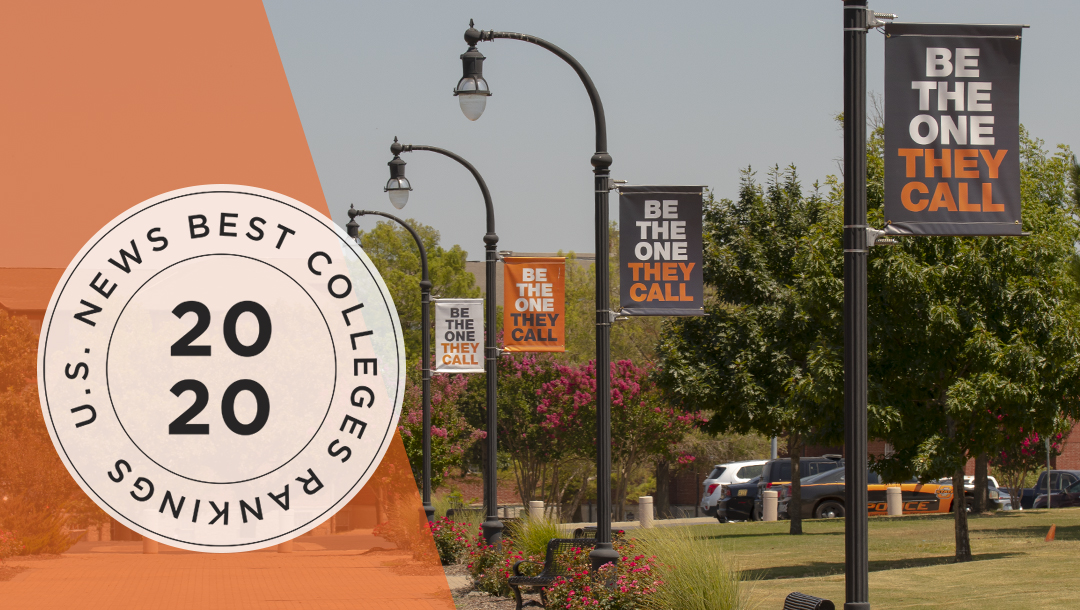
For the fifth time, OSU Institute of Technology has ranked in the top 30 Regional Colleges West region for the U.S. News & World Report Best Colleges Rankings.
OSUIT was ranked in three categories in the recently released 2020 rankings, released Sept. 9.; #5 in Top Public Schools, up from #8 in the 2019 rankings, #18 in Top Performers on Social Mobility and #23 in Regional Colleges West, up four spots from the 2019 rankings.
"OSUIT is proud to be named among the Best in the West once again," said Dr. Bill R. Path, OSUIT president. "It's an accomplishment that celebrates the contribution of our faculty and staff in support of our students' dreams."
This year’s achievement in the Top Performers on Social Mobility category is new for OSUIT. This ranking takes into consideration that economically disadvantaged students are less likely than others to finish college, even when controlling for other characteristics.
It recognizes that some colleges are more successful than others at advancing social mobility by enrolling and graduating large proportions of disadvantaged students awarded with Pell Grants. The vast majority of these federal grants are awarded to students whose adjusted gross family incomes are under $50,000.
The campus was also included on the list for Least Debt, Class of 2017, which includes schools whose 2017 graduates had the lightest debt loads. OSUIT undergraduates that receive a federal loan is 48% with a typical total debt after graduation of $12,000, the lowest in Oklahoma for the Regional Colleges West region.
"This recognition comes out of our concerted efforts to be outcomes-focused," said Path. "We hold a core belief that the true value of an affordable education is its power to transform lives, and we remain committed to the idea that when our students succeed, their families succeed."
OSUIT was also recognized in the Campus Ethnic Diversity Regional Colleges West rankings with a diversity index number of .53.
U.S. News factors in the proportion of minority students, excluding international students, and the overall mix of groups among each institution’s fall 2018 total undergraduate student body.
The formula produces a diversity index that ranges from 0 to 1. The closer a school’s number is to 1, the more diverse the student population and the more likely it is for students to interact with peers from different racial or ethnic groups.
The 2020 U.S. News Best Colleges rankings are calculated from 15 key measures of quality including graduation and retention rates; social mobility; graduation rate performance; undergraduate academic reputation; faculty resources; student selectivity for the fall 2017 entering class; financial resources per student; and average alumni giving rate.
